New Lebanon’s History
New Lebanon has a rich history
See also the Lebanon Valley Historical Society and the Town Historian, including info on the Lebanon Springs Union Free District: link
ORIGINALLY PART OF THE KING’S DISTRICT AND THEN OF CANAAN, NEW YORK, NEW LEBANON WAS ERECTED AS A TOWN IN 1818.

THE MOHICANS
The Mohicans were the original inhabitants of New Lebanon, which they called Kaunaumeek. They had a village in the area that is now West Lebanon, along with other smaller villages in nearby areas of today’s Columbia and Rensselaer counties. In 1756 they gifted the healing waters of the New Lebanon thermal mineral springs to the residents of the area, stipulating that they were for all people to use in perpetuity. By 1826, the Mohicans had left the region.
THE SHAKERS
The Shakers, led by Mother Ann Lee, came to New Lebanon in the late 1700s. They believed in communal living, celibacy and equality of the sexes. The Society was the largest and most important Shaker community and the spiritual center of Shaker society in the United States, from 1785 until 1947. Many of the original buildings can still be seen on Shaker Road.


EARLY SETTLERS
The first persons of European descent settled in New Lebanon in the mid-1700s. Commercial production from the land included timber, grains, vegetables, fruits and livestock. Water powered saw mills and grist mills were established on streams throughout the area to turn timber into lumber and grains into meal and flour for local use and for export to other regions after the arrival of the railroad in 1863.
HERBS AND DRUGS
The Mohicans were the first to explore the riches of the Shaker Swamp. The Native Americans shared their knowledge of herbs with the Mount Lebanon Shakers and other early settlers. The Tilden Pharmaceutical Company, established in 1824, drew on this knowledge to produce herbal medicines on an industrial level. The swamp and the woods around it served as the habitat for some 79 species of medicinal herbs according to a survey the Hawthorne Valley Farmscape Ecology Program in Columbia County. The Shaker Swamp still remains a habitat for numerous plants used in the historical herbal medicine industries.


ALMOST PRESIDENT
Samuel Tilden, born in New Lebanon in 1814, served as Governor of New York State, was the Democratic Party nominee for President in 1876, and became the first presidential candidate to win the popular vote and lose the electoral vote (by one vote) in a hotly disputed election against Rutherford B. Hayes. Tilden is buried in a magnificent mausoleum in the Cemetery of the Evergreens in New Lebanon along with many members of the Tilden family.
HISTORICAL FACTS ABOUT NEW LEBANON
- Jesse Torrey founded the first public library in the United States in 1804
- First pharmaceutical company in the United States, Tilden Pharmaceutical Company, which operated from 1824 to the mid-1950s
- Lebanon Springs, a renowned warm-water spa in the 18th and 19th centuries, was visited by many celebrities including John Quincy Adams, Teddy Roosevelt, Charles Dickens, the Marquis de Lafayette, and Henry Wadsworth Longfellow
- The Kendall thermometer factory, built in New Lebanon in 1820, produced the first U.S.-made thermometer and the aneroid barometer was evented here in 1859
- Mount Lebanon was the main spiritual home of The Shakers
- Home of The Abode of the Message, a Sufi community, starting in 1975
- Darrow School, an independent coeducational secondary school named for the colonial landowner who gifted his farm to the Shakers, has operated on that property since 1935.

New Lebanon's Town Historian
Elizabeth Sheffer-Winig
Email: [email protected]
Phone: 518-794-8880
Office Hours: Tuesday and Wednesday, 9 AM – 12 PM and by appointment.
Mailing Address:
PO Box 328, New Lebanon, NY 12125
Physical Address: New Lebanon Town Hall, 14755 State Route 22 – Office is located upstairs
Lebanon Valley Historical Society
Check out our Facebook page for more info
Members include:
Steve Oberon, Chair, LVHS
Jeannine Tonetti, Collections (available by appointment)
Meg Robertson
Abbie Shoobs
John Trainor
email: [email protected]
P.O. Box 363, New Lebanon, NY 12125
Lebanon Springs Union Free School
The school was listed on the National Register of Historic Places on November 21, 1991 and was located on the grounds of the present New Lebanon Junior-Senior High School on State Rte. 22, Lebanon Springs, NY. The National Register designation recognizes the architecture of the building and its importance to education as the first central school and the first public secondary school in the town. It was built in 1913 and was a rectangular, two story, hipped roof brick building coated in stucco. It sat upon a tooled concrete foundation and was topped with a slate roof. Atop the roof was an eight sided louvered belfry. The school was razed in 2014 by the New Lebanon Central School District but the belfry can be seen on display in Shatford Park, also located on State Route 22 in Lebanon Springs. Still on the grounds of the New Lebanon Junior-Senior High School are the remains of a railroad trestle over the Wyomanack Creek crossed by many students from other parts of the township who rode the train to and from school every day.
The cupola can be seen in Shatford Park, located on State Rte. 22 in Lebanon Springs, NY.
Some statistics:
-
Historic Significance:Event, Architecture/Engineering
-
Architect, builder, or engineer:Fuller & Robinson
-
Architectural Style:Bungalow/Craftsman
-
Area of Significance:Education, Architecture
-
Period of Significance:1925-1949, 1900-1924
-
Historic Function:Education
-
Historic Sub-function:School
Union Free School







